1 in 3 Indian Netizens are Under Cyber-attacks: K7 Computing
By MYBRANDBOOK
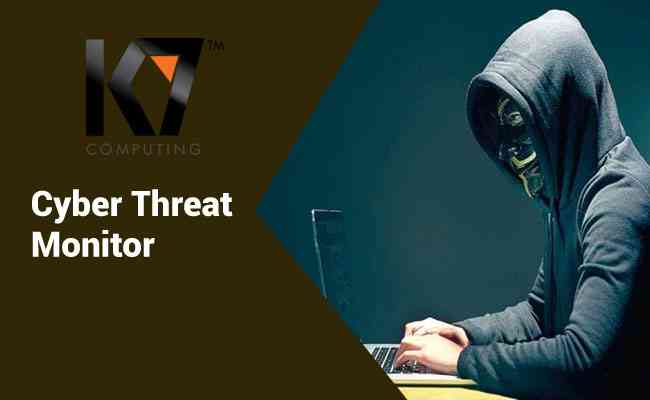
e current fiscal 2019-20, reveals the latest findings of K7 Computing’s Cyber Threat Monitor (CTM), which is one of the largest and deepest study on the Indian cybersecurity landscape. The study also detected that South India’s Metros - including Chennai, Bangalore and Hyderabad have witnessed more cyber-attacks than Tier1 cities in other parts of the country - North, West and East.
K7 Computing’s CTM is a quarterly report that provides an insightful look into the complex cybersecurity landscape in India and makes cyber safety recommendations that address both Enterprise and Consumer segments. As a part of this process, K7 Computing real-world telemetry data from almost 7 million unique devices and K7 Labs security incident investigation data were studied and presented in the form of an index. The report tracks all critical components like Enterprise, Mobile, Mac, Windows and IoT, covering 20 Indian cities that includes Metros, Tier1 and Tier2 regions.
According to the report, amongst Tier1 cities, Chennai has recorded the highest percentile of cyber-attacks with 48% in Q1, followed by Kolkata with 41% during the same period. The Capital city of India, Delhi has registered the lowest percentile of cyber-attacks with 28% in Q1. As per the report, cyber risk exposure steadily rises on working days in Metros, starting from Monday, and records the highest on Friday. In terms of time of day, the cyber riskiest hour in the Metros is around 4 PM and the cyber safest is around 6 AM.
The average percentage of cyber-attacks in the top dozen infected Tier2 cities was found to be worse when compared to Metros and Tier 1 regions. In the first quarter, Patna experienced the highest percentile of cyber-attacks (48%), closely followed by Guwahati (46%) and Lucknow (45%), while Thiruvananthapuram stood safest among others at 35%.
Commenting on the findings, K Purushothaman, CEO of K7 Computing said, “K7 Computing’s K7 Labs’ Cyber Threat Monitor highlights the ever-evolving threat landscape around the country and addresses the growing necessity of being more proactive in the approach towards cybersecurity. We see an increasing number of cyber-attacks in Tier 1 and Tier 2 cities, and therefore, we urge concerned stakeholders to leverage specific intelligence for countermeasures and threat hunting. As a pioneer in the industry, K7 Computing will continue to spread cybersecurity awareness and help its customers to mitigate risks by building a cyber-safe environment.”
Other key findings from the Study:
Enterprise Insecurity
* Mismanaged servers continue to be the major threat as many servers are yet to patch Oracle WebLogic vulnerabilities CVE-2019-2725 and CVE-2019-2729
* Having even a single unprotected system in the same network environment as the other critical systems will invite trouble
Vulnerabilities Galore
* Remote Desktop Protocol (RDP) based attacks continues to be a dominant type of cyber threat in the country, typically due to inadequate system configuration settings and protective infrastructure
Windows Attack
* Ransomware and Fileless attacks continued to grow faster in the country making them an ever-growing problem. The arrival of Ransomware-as-a-Service (RaaS) is helping ransomware attacks grow much faster
* Wrm.Gamerue.LNK, a component of a worm, was the most prolific type of malware artefact tracked
Mac Attack
* Whilst it has been the Windows OS which has been at the bullseye of most cyber-attacks, cybercriminals are now increasingly targeting Apple’s home-grown operating system, macOS
* Trojan attacks, at 72%, detected to be the major threat for Mac followed by Adware (18%) and PUP / PUA (Potentially Unwanted Programs / Potentially Unwanted Applications) that stood at 9%
Mobile Attack
* Jio-4G-Offer, the PUP pretending to be related to the Indian network provider “Jio”, and claiming to provide new and exclusive offers for Jio mobile users, was found to be a new and major threat for the users
* The increasing presence of PUPs/PUAs in Google Play Store has significantly broadened the threat landscape for Android mobile users
* Threat actors are targeting immensely popular categories like photo editors, beautification filter apps, music players, equalisers, fake monitors or spying apps and fake Anti-Virus apps to deliver deceptive PUPs
Internet of Things (IoT) Attack
* A majority of IoT device manufacturers and users are found to be ignorant about the necessity of optimised security, thus inviting massive-scale attacks
* Sophisticated state-sponsored threat actors or APT groups are increasingly using IoT Bonet attacks to take down several IIoT (Industrial Internet of Things) networks such as those at large banking bodies, government enterprises, hotel chains, manufacturing companies, and utilities and natural resource companies
* The report states that routers are the most vulnerable IoT devices existing in the country, followed by printers, NAS, IP cameras, media players, set-top boxes, and smart TVs


Legal Battle Over IT Act Intensifies Amid Musk’s India Plans
The outcome of the legal dispute between X Corp and the Indian government c...

Wipro inks 10-year deal with Phoenix Group's ReAssure UK worth
The agreement, executed through Wipro and its 100% subsidiary,...

Centre announces that DPDP Rules nearing Finalisation by April
The government seeks to refine the rules for robust data protection, ensuri...

Home Ministry cracks down on PoS agents in digital arrest scam
Digital arrest scams are a growing cybercrime where victims are coerced or ...

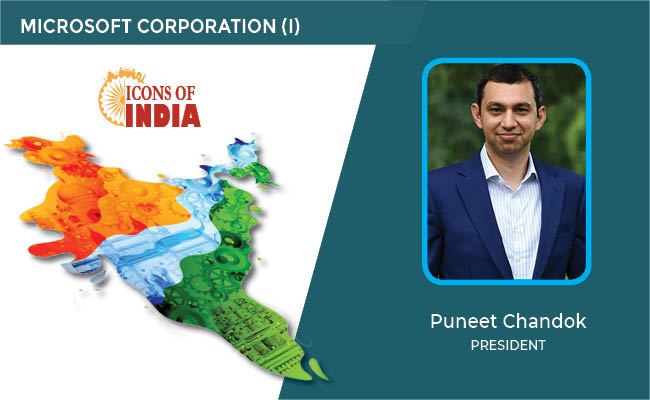
Icons Of India : Puneet Chandok
Puneet Chandok is President, Microsoft India & South Asia and is respo...

Icons Of India : Kumar Mangalam Birla
Aditya Birla Group chairman Kumar Mangalam Birla recently made a comeb...
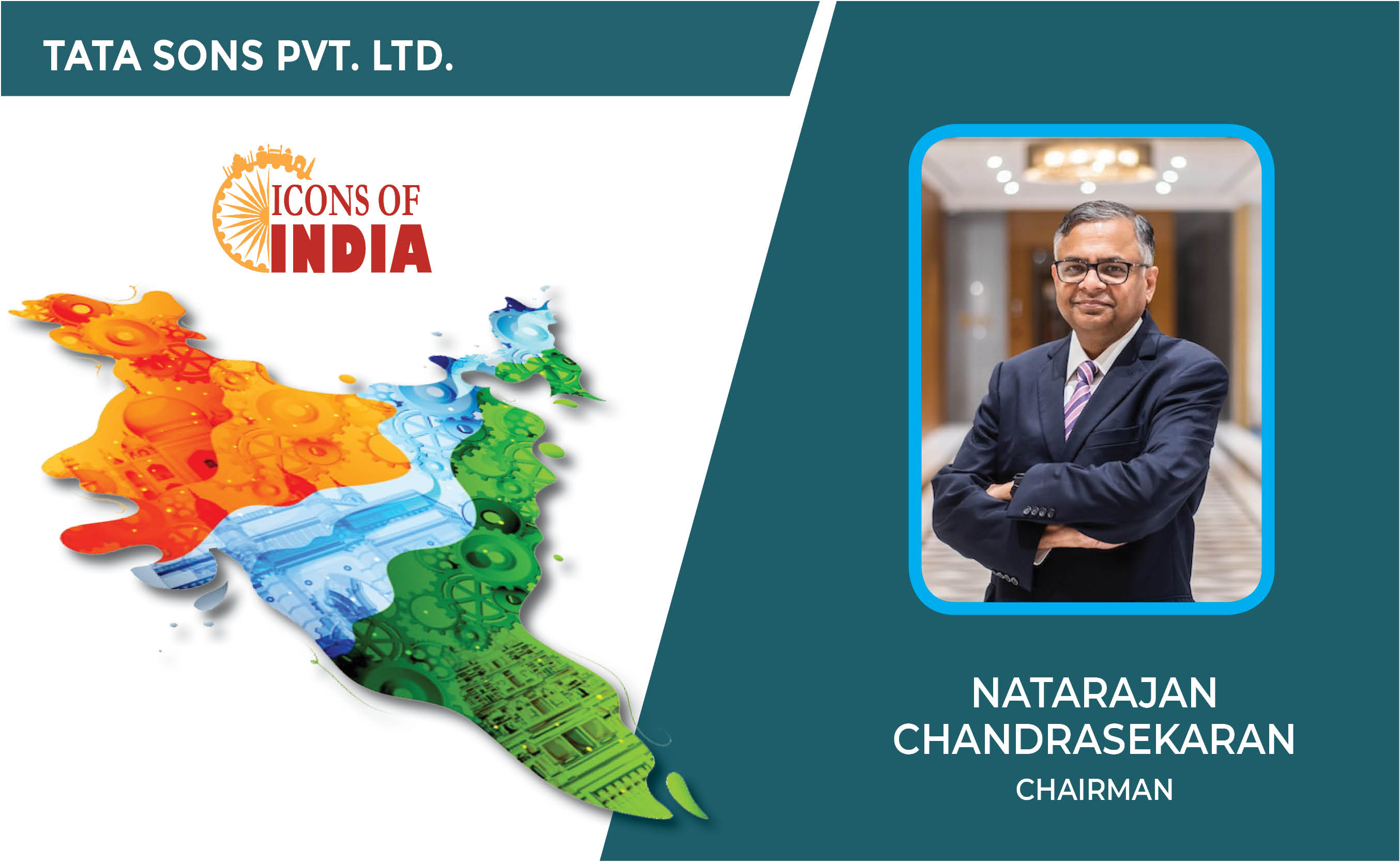
Icons Of India : NATARAJAN CHANDRASEKARAN
Natarajan Chandrasekaran (Chandra) is the Chairman of Tata Sons, the h...

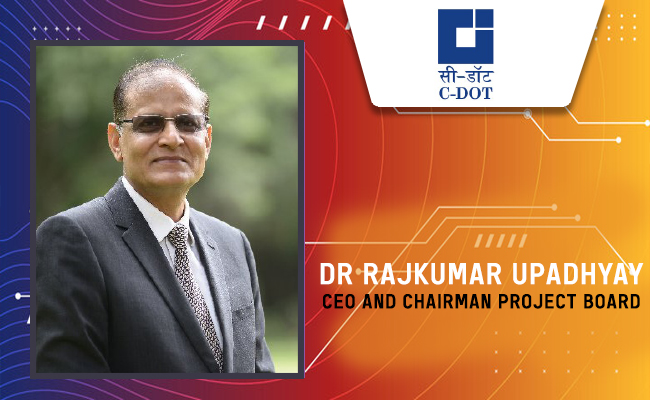
C-DOT - Center of Development of Telematics
India’s premier research and development center focused on telecommu...
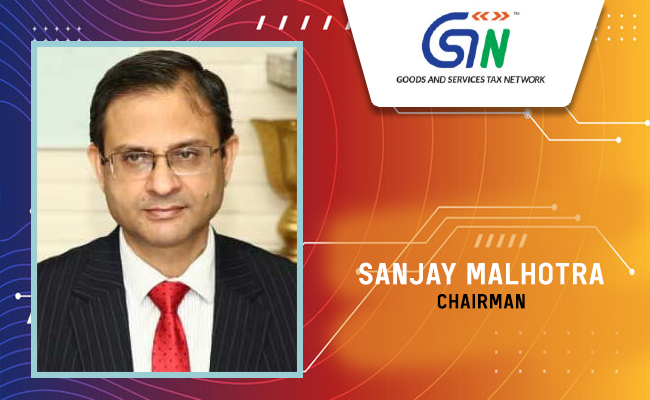
GSTN - Goods and Services Tax Network
GSTN provides shared IT infrastructure and service to both central and...
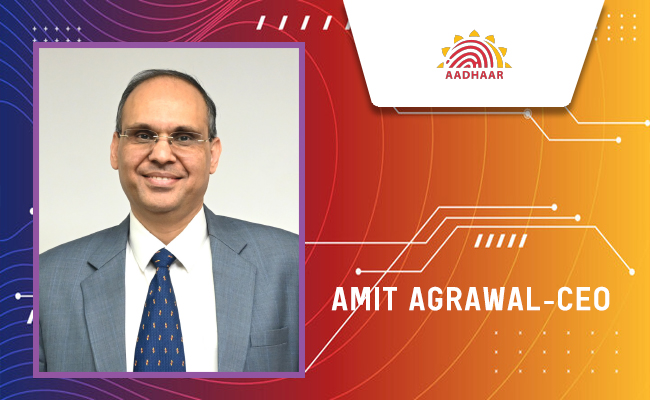
UIDAI - Unique Identification Authority of India
UIDAI and the Aadhaar system represent a significant milestone in Indi...


Indian Tech Talent Excelling The Tech World - Thomas Kurian, CEO- Google Cloud
Thomas Kurian, the CEO of Google Cloud, has been instrumental in expan...

Indian Tech Talent Excelling The Tech World - Aman Bhutani, CEO, GoDaddy
Aman Bhutani, the self-taught techie and CEO of GoDaddy, oversees a co...

Indian Tech Talent Excelling The Tech World - Sundar Pichai, CEO- Alphabet Inc.
Sundar Pichai, the CEO of Google and its parent company Alphabet Inc.,...
 of images belongs to the respective copyright holders
of images belongs to the respective copyright holders